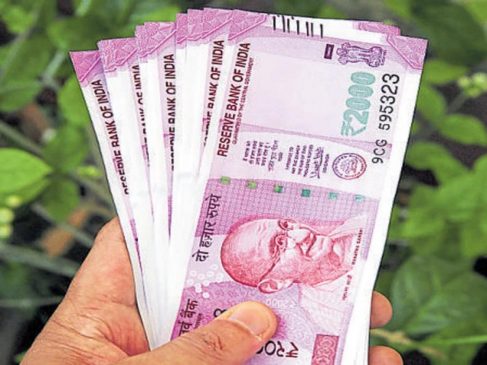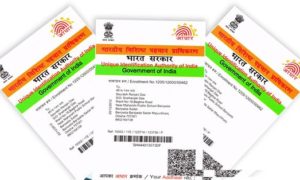Rs 2000 Notes Latest Update: Rs 2,000 denomination bank notes were withdrawn from circulation on May 19 this year, after the Reserve Bank of India (RBI) announcement. More than 97 per cent of the Rs 2,000 banknotes in circulation as of May 19, 2023, have since been returned.
Public and entities holding such notes were initially asked to either exchange or deposit them in bank accounts by September 30. The deadline was extended to October 7. Both — deposit and exchange — services at bank branches were discontinued on October 7.
Rs 2000 Notes: 2 Steps To Get Money In Bank
1) Individuals can now conveniently send their Rs 2,000 banknotes to designated regional Reserve Bank offices via insured postal services to get direct credit to their bank accounts. This streamlined method is particularly advantageous for those situated at a distance from the Reserve Bank’s regional offices.
Read More: MASSIVE AADHAAR DATA LEAK Of 81.5 Crore Indians Is Fake? Check What Cyber-Security Researcher Says
2) RBI is also making available the TLR (Triple Lock Receptacle) form to facilitate the deposit of Rs 2,000 banknotes into bank accounts for the public, reported PTI.
PTI in its report quoted RBI Regional Director Rohit P Das saying that both the options of TLR and insured post are highly secured, and there should not be any fear in the mind of the public relating to these options. About 700 TLR forms have been received so far by the Delhi office alone.
Starting October 8, individuals have been provided with the choice of either exchanging the currency or having the equivalent sum credited to their bank accounts at 19 offices of the RBI.
The 19 RBI offices depositing/exchanging the bank notes are in Ahmedabad, Bangalore, Belapur, Bhopal, Bhubaneswar, Chandigarh, Chennai, Guwahati, Hyderabad, Jaipur, Jammu, Kanpur, Kolkata, Lucknow, Mumbai, Nagpur, New Delhi, Patna and Thiruvananthapuram.
Read More: Can You Use International Mobile Number On Aadhaar Card?
The Rs 2,000 banknotes were introduced in November 2016, following the demonetisation of the then-prevailing Rs 1,000 and Rs 500 banknotes.





































